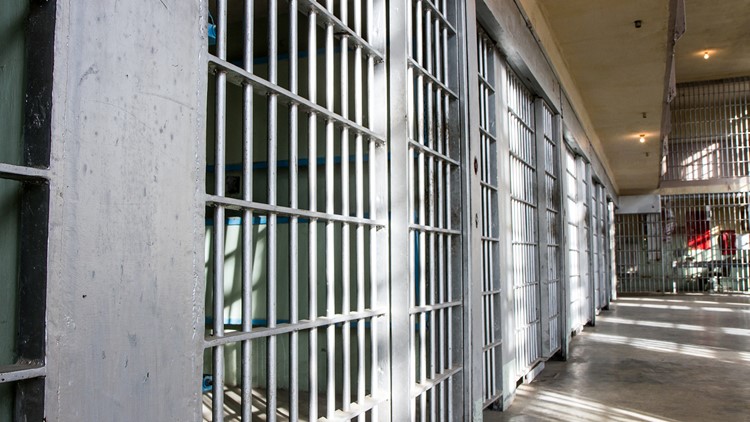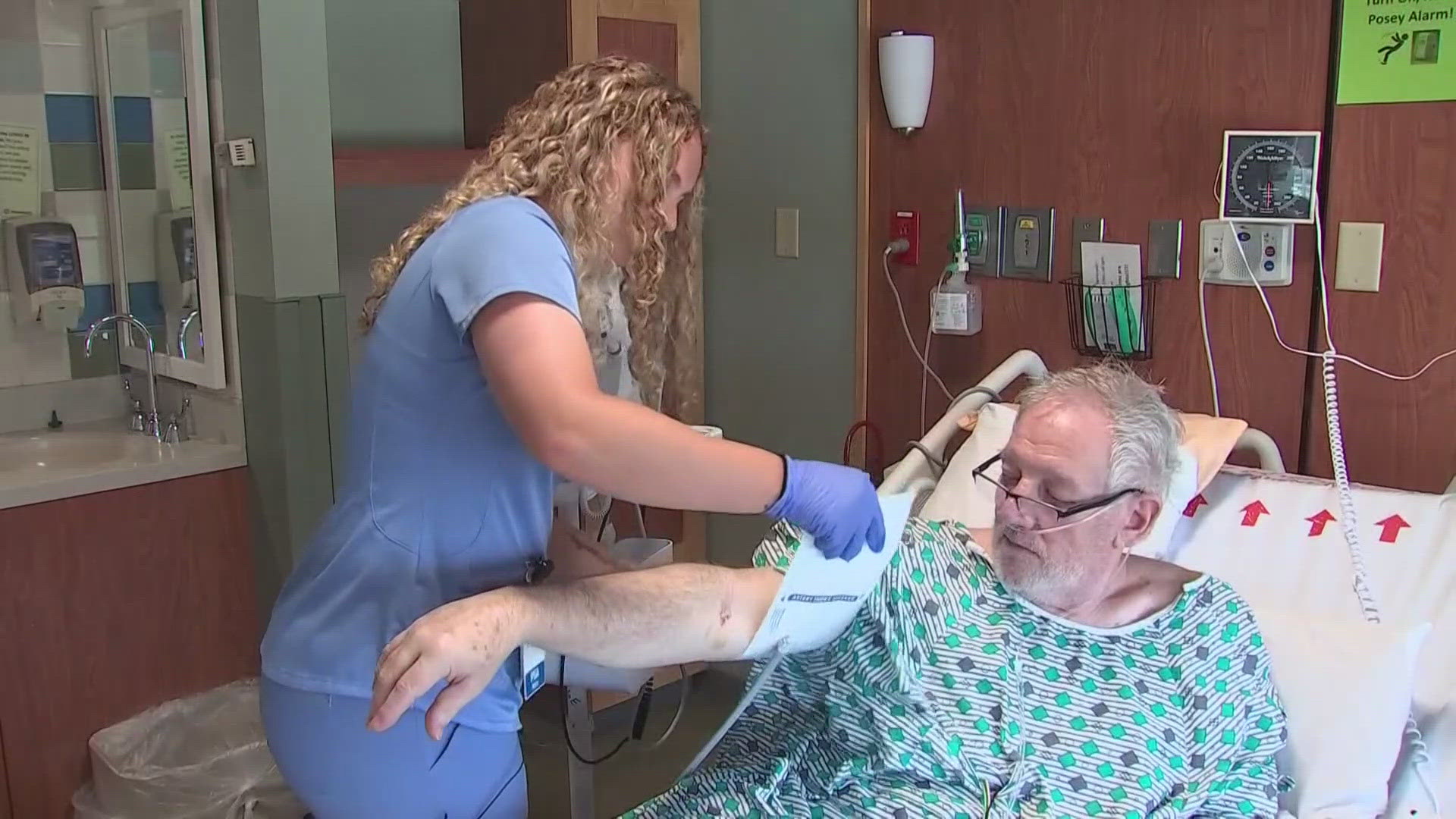COLUMBUS, Ohio — Ohio has lost more inmates to COVID-19 than any other state, but its prisons nonetheless must begin reopening to accommodate a slow return to business — and to crime, the prisons director said.
The department has begun accepting new inmates from jails again and must soon resume the normal process of transferring inmates when necessary, Annette Chambers-Smith, head of the Ohio Department of Rehabilitation and Correction, said in an interview this week.
“We need to get to what is the new normal going to look like, what is this agency going to look like, and live with COVID,” Chambers-Smith said.
“The whole of the community is reopening, so when you reopen the community, you’re going to have more laws broken also,” she added. “So really when you restart the community, the entire process restarts.”
That's bad news for inmate advocates who have been arguing for the mass release of prisoners, though legal action could force changes.
Four inmates housed at three Ohio prisons — Marion, Richland and Allen — have sued to enforce social distancing, get access to cleaning supplies and raise the number of inmates being released.
“If the jails are already too full, and we need somewhere else to put people in the meantime, it absolutely should not be a prison facility,” said Gary Daniels, chief lobbyist for the Ohio chapter of the American Civil Liberties Union.
Ohio has released about 140 inmates early, including 11 female inmates who had babies while in prison and eight inmates whose clemency requests were granted, prison records show. That's out of a total population of more than 48,000.
Official figures show cases have appeared to slow in Ohio's 28 prisons, but a true picture is hard to get because the state has decided against mass testing of all institutions. Instead the agency will test only inmates showing signs of COVID-19.
That approach follows the advice of state health officials, who say that the focus should be on treatment once there are widespread number of positive tests, Chambers-Smith said.
More than 600 employees systemwide have tested positive, along with more than 4,500 inmates. Of those, 66 inmates have died of confirmed or probable cases of COVID-19, with deaths spread across eight institutions.
Two guards and two nurses have died.
Ohio has recorded the most deaths of prisoners from COVID-19 and ranks second only to Tennessee in cases per 100,000 inmates, according to an analysis by The Marshall Project, a nonprofit news organization. Ohio also has the fourth-highest prisoner death rate.
Across the U.S., more than 29,000 inmates have tested positive for COVID-19, and at least 415 have died, according to the analysis. Thousands of correctional officers across the country have also tested positive.
Chambers-Smith pointed out that her agency was never really closed to new inmates, since it continued to take back offenders who violated parole.
Processing new inmates has its risks, as the agency discovered when a new female inmate without symptoms was tested and found to be positive. Female intake was shut down while the agency traces the people who had contact with her, the director said.
Several counties are also banned from sending inmates to the state prison because of coronavirus outbreaks in their jails, including Cuyahoga, Franklin, Mahoning, Morrow and Stark, according to the prisons agency.
At Marion, one of the hardest-hit prisons, inmate Jasen See is wary of a new influx of prisoners. Nearly the entire population of about 2,000 tested positive at some point — including 44-year-old See — and 14 inmates and one guard have died.
Social distancing is impossible in See's prison dormitory, he said, where bunks are 3 feet apart and nearby inmates are an arm's length away. As a result, when the coronavirus hit, it spread like wildfire, said See, who is serving an eight-year sentence for robbery and impersonating a police officer.
“When this came through, it was like every second or third rack, there was a guy who couldn’t get out of bed,” See said in a telephone interview. “And not only did it happen then, but it happened for weeks and months afterward."
"Still happening.”



